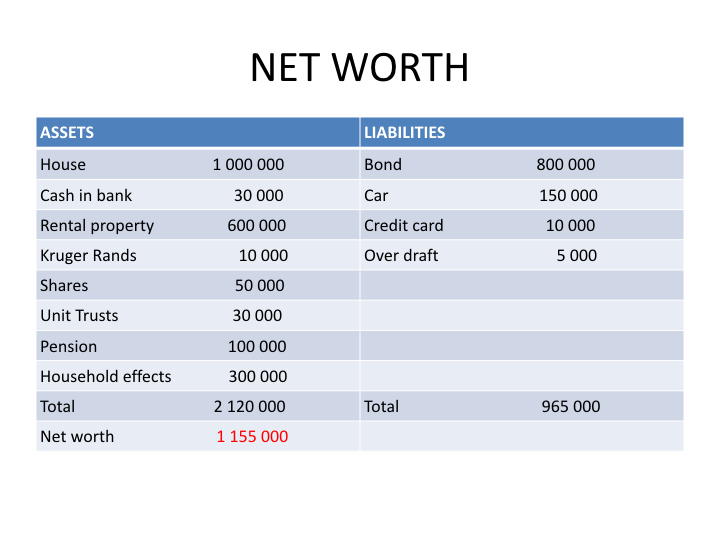Another rate hike of 50 basis points and the probability of more on the way call for us to become savvier with our money. We need to find ways to use money more efficiently and then divert the savings towards paying off debt sooner than later.
There are two debt instruments which can work in your favour if you take the time to really understand how they work and then use them together.
Access Bonds
Using your access bond to consolidate and warehouse your cash makes it a great piggy bank. A mortgage bond charges interest on the average daily balance throughout the month. The bank allocates a portion of the monthly instalment to interest and the remainder to the capital. The higher your average monthly balance in your bond the less interest is allocated and therefore more of the monthly repayment goes to paying off your capital. Effectively, you save interest at the rate of the loan which has now gone up by 0,5%.
Credit cards
Credit cards charge interest on the balance outstanding on the card at the billing date at the end of the month. If you pay up your card in full or as much as possible before the billing date then you save the interest (around 22%) for that billing cycle.
Use the two to your advantage
So why not leave as much cash in your access bond during the month and use your credit card wherever possible and then just before the billing date transfer as much cash as you can into your credit card? You would have then saved interest on your bond and then used free money from your credit card during the month. Credit cards also have an additional money-saving benefit as opposed to debit cards. They do not charge transaction fees so can be very efficient payment instruments throughout the month.
Discipline is required
Avoid the pitfalls of spending impulsively on a credit card. You need to be very disciplined to always have enough in your bond to cover your credit card balance. You should aim to spend less on the card over time leaving more in the bond on a monthly basis. This is a clear measurement that you are making progress with the management of your monthly income.

